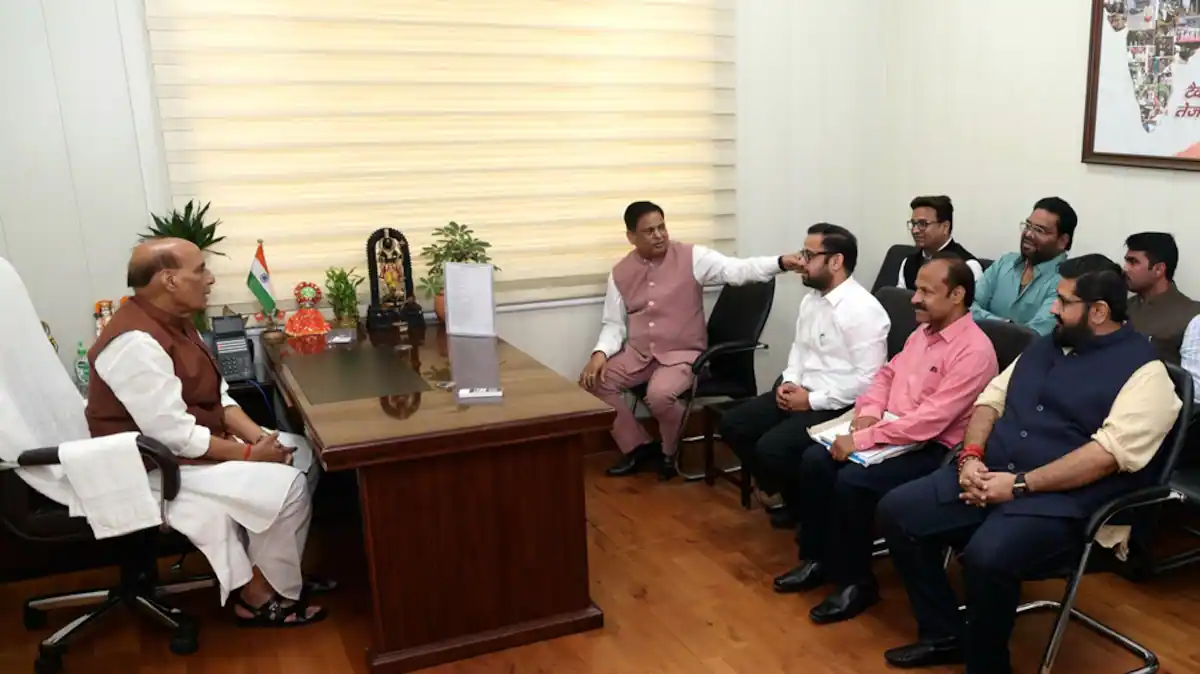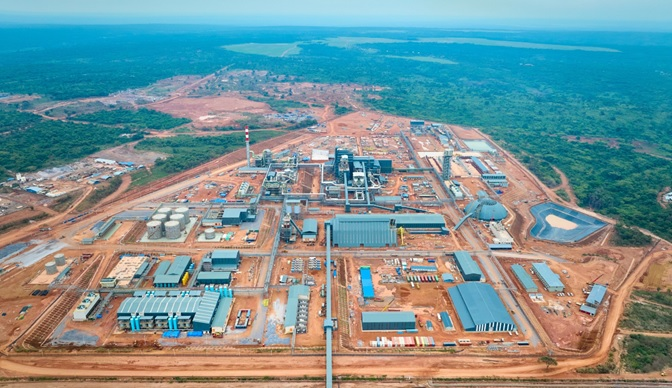New Wave Of Defence Self-Reliance: Private Players Take Driving Seat In Strengthening Atmanirbhar Bharat
By Zee Media Bureau,Zee News
Copyright india

During the recent Combined Commanders’ Conference (CCC) 2025, Prime Minister Narendra Modi and Defence Minister Rajnath Singh underlined the need for continuous reforms and technological self-reliance, particularly emphasising indigenous development in defence technology and manufacturing. Reiterating the Government’s commitment to Aatmanirbhar Bharat, Defence Minister Rajnath Singh stated that self-reliance is not a slogan, but a necessity, which is key to strategic autonomy. He emphasised that defence indigenisation under self-reliance is fueling economic growth, generating employment, and enhancing the capacity of shipyards, aerospace clusters and defence corridors.For decades, Indias defence sector was defined by a dependence on imports, a reliance that left its armed forces vulnerable to global supply chain disruptions and limited its strategic autonomy. That dependency is now being steadily replaced with a concerted effort to establish India as a credible hub for indigenous defence innovation, with policymakers, public institutions, and private industry working in tandem to build systems that are technologically advanced, reliable, and globally competitive.Also Read: Made-In-India Drones Will Be Undetectable By US, Chinese Systems: Rajnath SinghThe governments Atmanirbhar Bharat initiative has been a turning point in this transition, shifting the conversation on defence self-reliance from policy announcements to a nationwide mission that involves both state-run and private entities. As per official data, Indias defence exports have gone past Rs 23,622 crore in 2024-25, a thirty-fold jump from 2013-14, reflecting the growing international faith in Indian capabilities and the capacity of Indian producers to compete with traditional defence manufacturers from Europe, Israel, and the United States.Industry leaders hail the shift in approach. Institutional support has been a key driver of this momentum. Defence corridors in Tamil Nadu and Uttar Pradesh are inviting investment, incentivising the growth of manufacturing clusters, and facilitating research partnerships with global partners. The Defence Research and Development Organisation (DRDO), traditionally the backbone of Indian defence R D, has stepped up development on hypersonic missiles, next-generation missile systems, and cutting-edge surveillance technology, all the while nudging the gates open for private entrepreneurs to supplement this activity with speed and cost-effectiveness, said Sahil Luthra, founder of Vijayan Trishul Defence Solutions. Luthra recently met Defence Minister Singh with other industry players for a detailed discussion on advancing indigenous defence manufacturing in line with the Atmanirbhar Bharat vision. Also Read: Defence Minister Rajnath Singh Urges Armed Forces To Be Prepared For Long-Term WarIndias increasing export footprint further strengthens this trend. Southeast Asian, African, and Latin American nations have started deploying Indian-manufactured systems, enhancing not only Indias diplomatic footing but also lowering the strategic vulnerabilities involved in over-reliance on imports. The spillover is evident domestically as well, with employment generation, skills creation, and supporting industries gaining from the widening defence supply chain.The path forward is still challenging, demanding ongoing investment in R D, steady policy backing, and prudent global partnership alignment. But the direction is certain: India is shifting away from being a purchaser in the global defence market to a reliable supplier, both for its own military and for friendly nations overseas.



